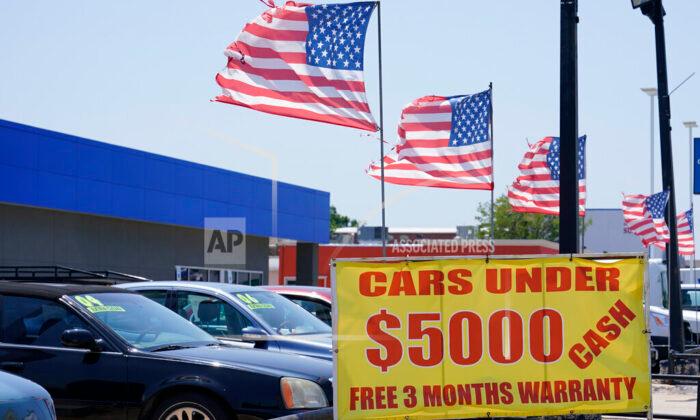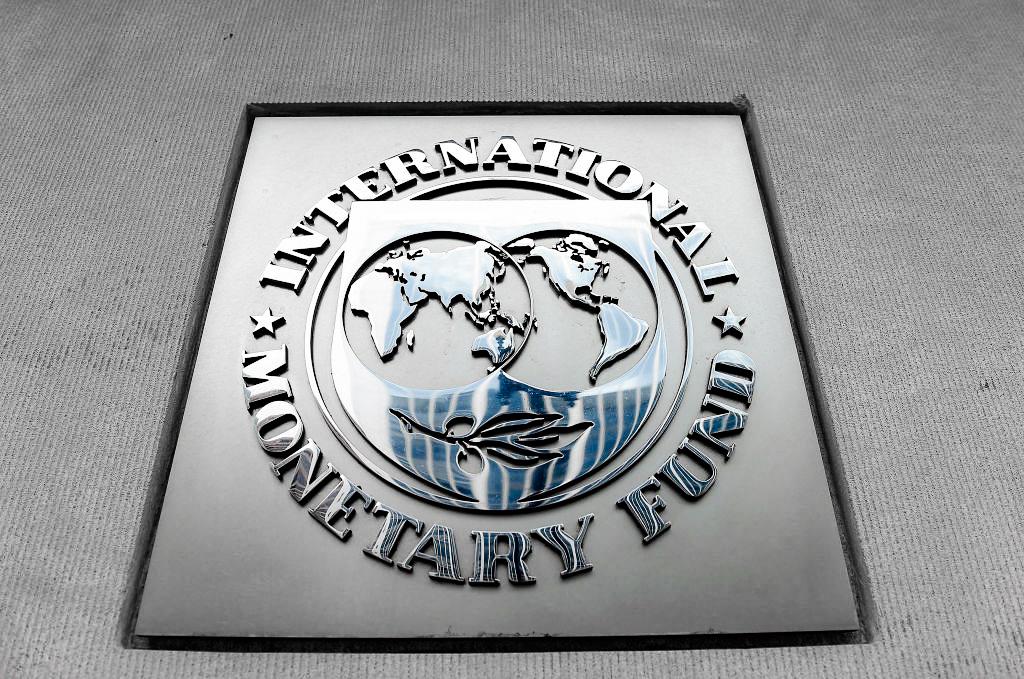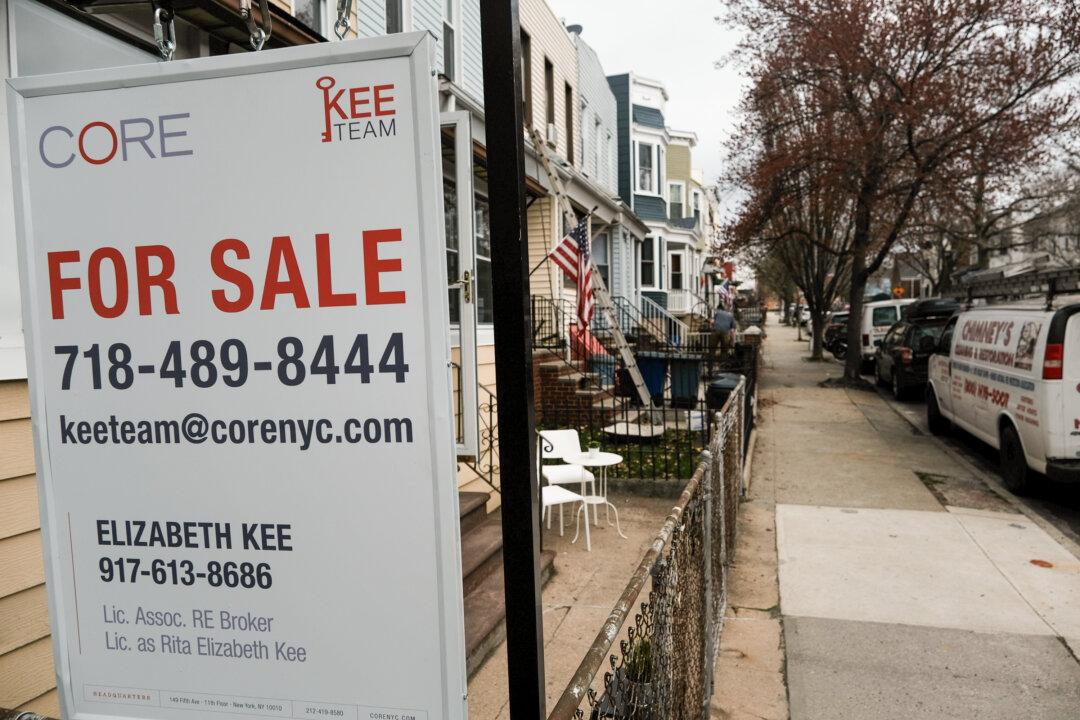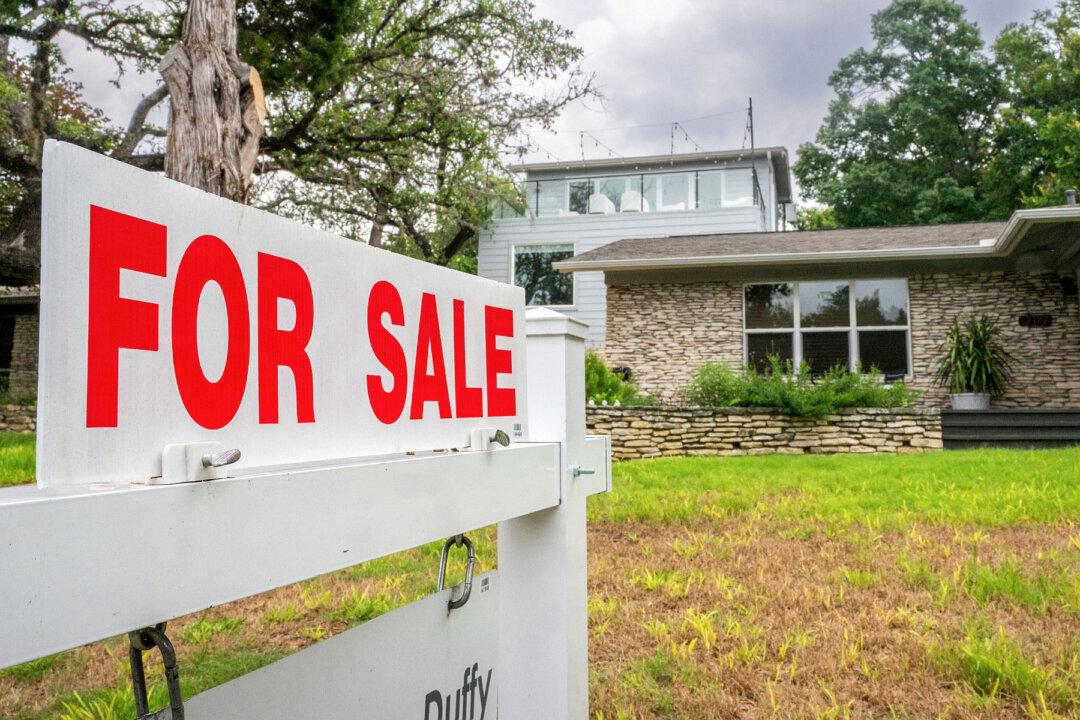Used car prices are vaulting to record highs with an average price tag of $29,011 in November, as new vehicle production slows down because of chip shortages and inventories of second-hand cars dwindle in dealerships throughout the country.
A used car in the United States costs approximately 39 percent more than what it did a year back, and according to some estimates, this is the first time half the households in the country are in a situation where they wouldn’t be able to afford a car. Prices have gone up at a blistering pace pricing out many would-be buyers from the market.
When five years back, an individual could lay claim to a new vehicle with a monthly payment of $500+, the same amount is now required for owning a used car. Along with the rise in prices for everyday items from food to gas, the 39-year-high inflation has made it almost impossible for the average American to afford their own vehicle.
A couple of months ago, a woman paid a visit to Jeff Schrier’s used car lot in Omaha, Nebraska. She was on a tight budget, she said, and was desperate for a vehicle to commute to work.
She was shown three cars priced at her limit, roughly $7,500. Schrier said the woman was stunned.
“That’s what I get for $7,500?” he recalled her saying. The vehicles had far more age or mileage on them than she had expected for something to replace a car that had been totaled in a crash.
The woman eventually settled on a 2013 Toyota Scion with a whopping 160,000 miles on it. Schrier isn’t sure he made any profit on the deal. “We just helped her out,” he said.
The supply of new vehicles is tight with only about 1 million available in dealerships nationally. The typical number, before the pandemic, was around 3 million. Unless supply increases to somewhere close to the pre-pandemic mark, prices are expected to remain high.
When new vehicles fulfill pending demand in the market, used cars will follow suit and prices will ease as buyers exchange their vehicles for newer models.
As the pandemic-related lockdowns hit the economy, people stayed back home, traveled less, and depended more on their computers and mobile devices. Auto manufacturers suspended production owing to lesser demand and complied with government shutdowns to reduce the spread of infection.
Chip manufacturers shifted the focus from automobiles to consumer electronics. Although the easing of restrictions and sudden economic recovery restarted auto factories, they were unable to procure enough chips, leading to halts in production, a shortage in supply, and high prices.
Bulk buyers of new vehicles like vehicle rental companies were unable to replace their inventories and sources for used cars dried up resulting in fewer vehicles and higher prices.
Currently, the average price of a used car is about 63 percent of a new one, a hike of nine percentage points from before the pandemic.
“I’ve never seen anything remotely close to this—it’s craziness,” said Schrier, who has been selling autos for 35 years. “It’s quite frustrating for so many people right now.”
At this point, Schrier has to tell lower-income buyers that he has very few used vehicles to sell them. “What used to be a $5,000 car,” he said, “is now $8,000. What used to be $8,000 is now $11,000 or $12,000.”
According to market researcher Jim Bianco, the value of a used car is increasing faster than bitcoin and other stock assets.





